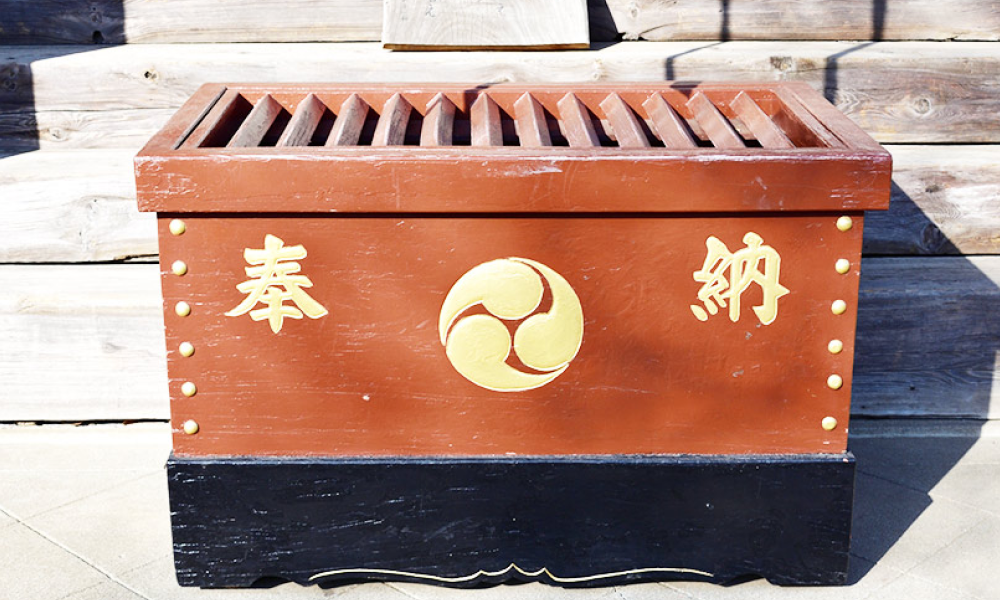Nintendo’s one of the world’s most iconic gaming giants, often comes to mind when people think about beloved characters like Mario, Pikachu, or Link. However, there is far more to this Kyoto-based company than meets the eye.
While Nintendo is globally recognized, some aspects of its history and corporate culture remain unknown outside Japan. Based on a Japanese case study (蔵琢也, 2006), this article unveils the “secret” Nintendo stories whispered in Japan.
These stories highlight how Nintendo shaped the video game industry, nearly lost its status, and reinvented itself.
Humble Beginnings: A Card Company in Kyoto
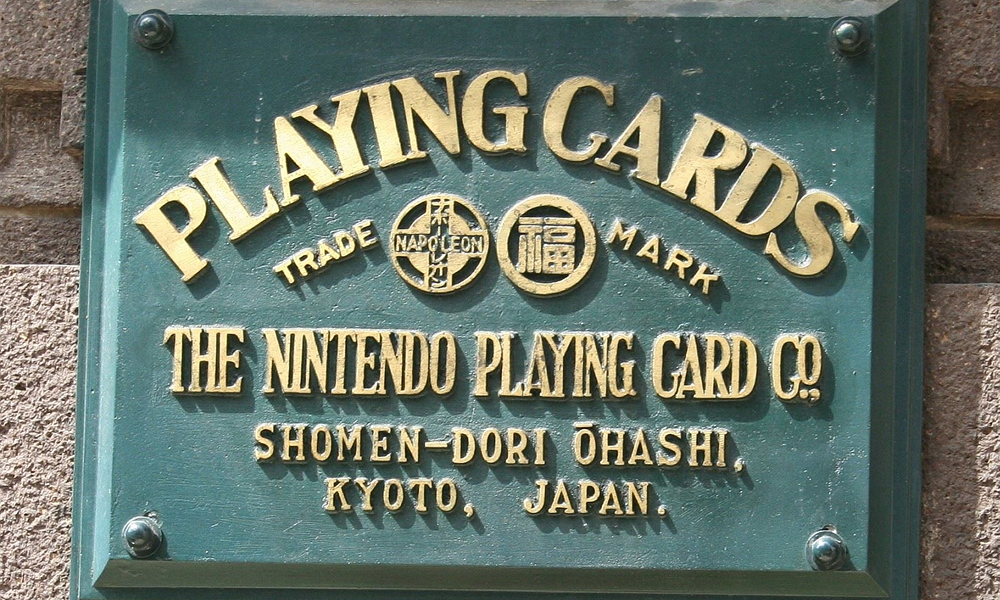
Many fans know that Nintendo began as a manufacturer of hanafuda, traditional Japanese playing cards, but the depth of that origin story remains overlooked outside of Japan. Founded in 1889 by Fusajiro Yamauchi, the company initially catered to Japanese gambling houses and local parlor games. By the mid-20th century, Japan’s appetite for hanafuda cards waned, pushing Nintendo to adapt. When Hiroshi Yamauchi took over in 1949, he modernized the card business, even collaborating with Disney to produce family-friendly playing cards featuring Disney characters.
What most non-Japanese fans might not realize, though, is just how desperate Nintendo was in those early years to diversify. Under Hiroshi Yamauchi’s watch, Nintendo entered fields like instant noodles, taxi services, and even love hotels (short-stay accommodations typically used by couples). For the Japanese public, these ambitious but somewhat out-of-character ventures became curious local lore—overseas fans rarely hear about them.
The “Commanding General” of Nintendo’s Hiroshi Yamauchi
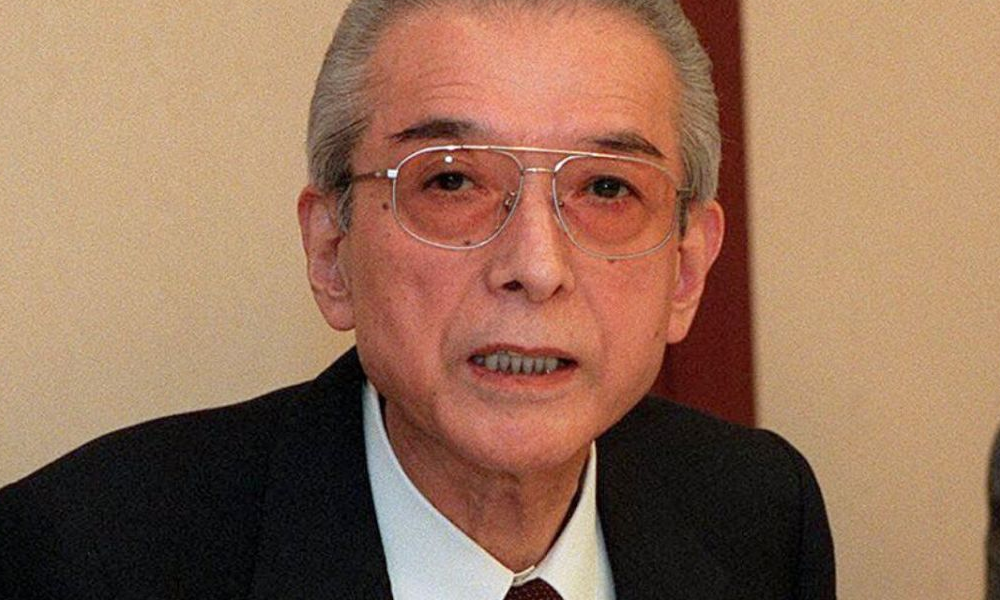
These odd business ventures stem from Hiroshi Yamauchi’s personality, likened to Oda Nobunaga’s decisive, ruthless leadership.
Yamauchi demanded absolute loyalty and often expelled dissenting voices, including family members. According to the Japanese case study by 蔵琢也, this approach allowed him to make aggressive moves swiftly. Although this might sound harsh, many within Nintendo credit Yamauchi’s autocratic leadership with laying the groundwork for bold innovation.
In Japan, Yamauchi is remembered as an immensely powerful but eccentric corporate figure, known for pushing employees beyond their comfort zones. Yamauchi championed a “genius-first” philosophy, empowering creative talent like Gunpei Yokoi to develop the Game & Watch and Game Boy.
Game & Watch: A Product Born from a Train Ride
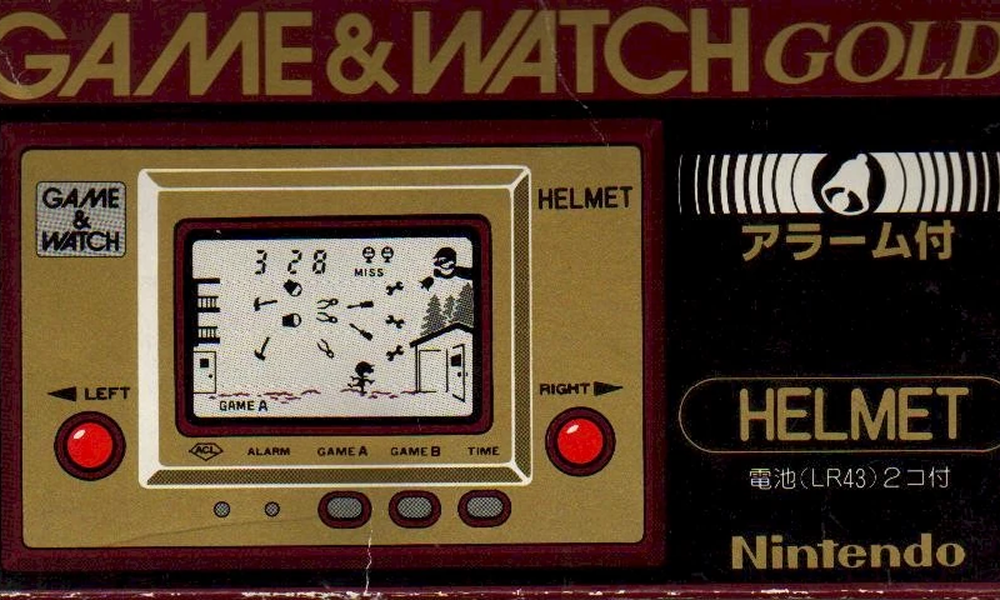
Gunpei Yokoi’s story itself is a famous “inside-Japan” anecdote. Originally a maintenance worker at Nintendo, Yokoi tinkered with toys and gadgets as a hobby. According to the PDF case study, Hiroshi Yamauchi, unimpressed with the yields of Nintendo’s other experimental businesses, sought new directions. When he noticed Yokoi’s talent, he immediately placed him in product development.
Legend says Game & Watch’s concept came when Yokoi saw a bored man pressing buttons on a train calculator. Drawing on that idea of a simple, handheld electronic toy, Yokoi developed the Game & Watch, which launched in 1980.
Japan’s local news outlets marveled that an “amateur inventor” had devised such a sensational success. The product saved Nintendo from a financial crisis, clearing billions in debt and funding later consoles like Family Computer (Famicom).
Many older Nintendo fans in Japan recall these backstories nostalgically, seeing them as proof that one idea can change a company’s fate. Yokoi’s philosophy of “using cheap, well-understood technology creatively” became the foundation of Nintendo’s hardware approach. Japanese employees and fans often cite these design principles to explain why Nintendo’s modest products achieve massive commercial success.
The Famicom and Nintendo’s Market Domination
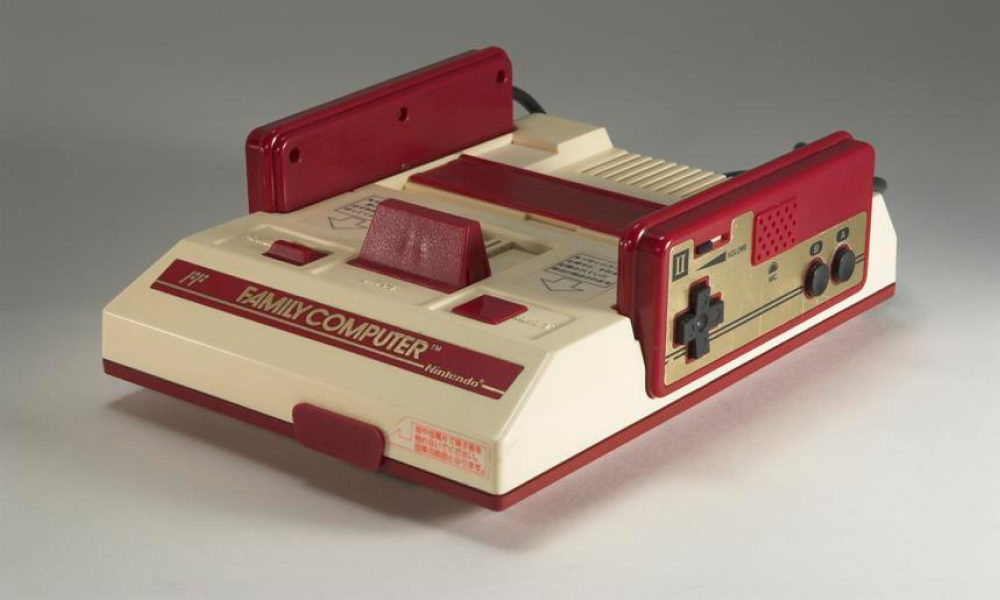
Moving into the 1980s, Nintendo set its sights on home video game consoles. In Japan, it launched the Famicom in 1983. Many outside Japan may not realize that the Famicom not only popularized at-home gaming but also created Japan’s consumer gaming market. Many Japanese toy stores, once selling playing cards or board games, rebuilt entire sections to accommodate this new phenomenon.
The PDF case study reveals that while competitors added specs and computer-like features, Nintendo stripped away extras to reduce costs. For instance, the Famicom used outdated, mass-produced chips to reduce expense. By focusing on a “low tech, high fun” approach, Nintendo made consoles affordable, sparking a surge in popularity.
Moreover, there is a behind-the-scenes side that Japanese writers often emphasize: Nintendo’s strict licensing systems. Third-party developers had to submit games for approval, pay royalties, and sometimes depend on Nintendo for cartridge manufacturing.
Companies like Namco and Square initially thrived under this system, but eventually grew discontent. In the West, such deals were overshadowed by the Famicom’s (NES’s) success. In Japan, fans and insiders recognized Nintendo’s tight control, often called “GaliBare Shōhō,” a pun on “Gulliver.” These controversies set the stage for future rivalries.
The Sony Partnership That Wasn’t
Western fans generally know of Sony’s subsequent betrayal by Nintendo, which led to the PlayStation. However, the Japanese side of this story often highlights the internal skepticism at Nintendo. Rumors from the Japanese business case suggest Nintendo of America executives warned the Kyoto headquarters that partnering with Sony was like “lending out the store” or “providing the eaves only to lose the house.”
Japanese employees loyal to Yamauchi viewed Sony as a technologically formidable rival more so than a mere collaborator. After failed negotiations, Sony famously launched the PlayStation, triggering a major shift in the global gaming landscape.
In Japan, these developments were seen as a symbolic moment, marking the end of the old-fashioned top-down approach. The case study suggests Nintendo’s reluctance to adopt CD-ROM, fearing slow load times and higher costs, led to Sony’s rise. Many in Japan view 1995 as the era when Nintendo, once the leader, found itself unexpectedly losing in a tech shift.
The “Laser Clay” Venture and Other Failures
While the Western world typically hears about Nintendo’s hits, the PDF covers Nintendo’s stumbles in the Japanese market. One memorable example is “Laser Clay”, an attempt to bring clay pigeon shooting into large indoor facilities using laser technology.
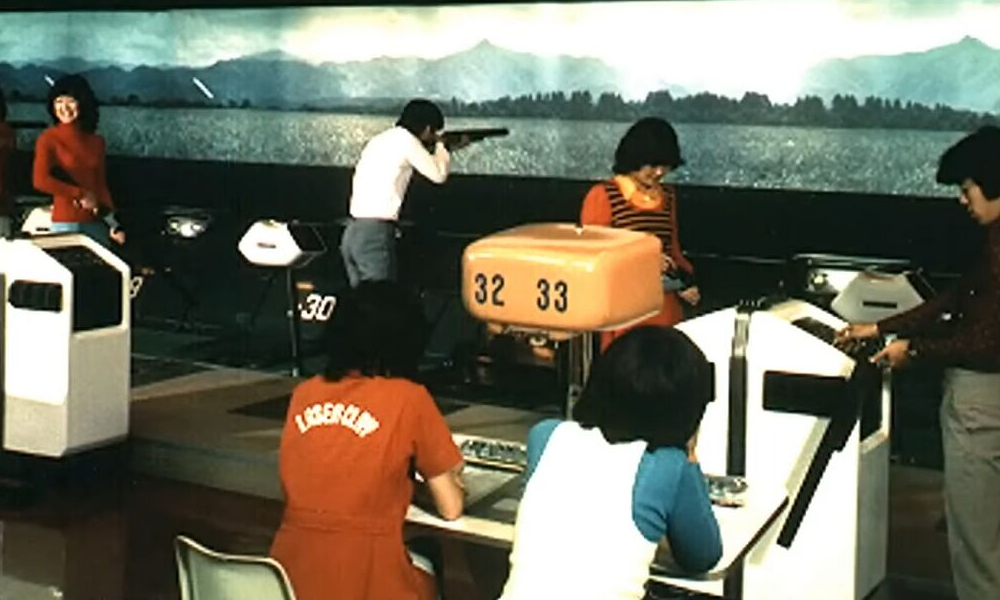
Launched before the 1970s oil crisis, the project left Nintendo with massive debt as Japanese consumers reduced leisure spending. Another rarely discussed flop is the “Disk System” for the Famicom, which allowed for rewriteable games. Though innovative, it suffered from slow load times and limited developer support, forcing Nintendo to keep producing standard cartridges.
Inside Japan, these are known as cautionary tales about how Nintendo’s “new directions” can backfire. Still, the same fearlessness and top-down leadership that caused these failures also led to successes like the Game Boy. In essence, Yamauchi’s willingness to gamble on radical ideas kept Nintendo on the brink of bankruptcy or poised for success.
Gunpei Yokoi’s Departure
An often-unspoken piece of knowledge in Japan is how Gunpei Yokoi eventually left Nintendo in the mid-1990s. Publicly, Yokoi cited personal interests, but insiders suspect tension with management after the 1995 commercial failure of the Virtual Boy.
Despite Yokoi’s role in creating Game & Watch and the Game Boy, the Virtual Boy’s failure overshadowed his contributions. The original Japanese coverage portrays this as a cautionary tale of how quickly fortunes can change within a hierarchical structure.
Fans in Japan lament Yokoi’s departure, noting that his “lateral thinking with withered technology” was key to Nintendo’s identity. Without him, Nintendo’s hardware team faced fresh challenges in keeping that creative spark alive. In the West, few realize the depth of Yokoi’s legacy and how much his exit shook the company’s culture.
The Rise of 3D Polygons and Nintendo’s Late Transition
The Japanese case study underscores the significance of 3D polygon rendering in the mid-1990s, which was crucial for immersive graphics. Sony and SEGA pursued advanced 3D hardware. Nintendo embraced polygon-based 3D only with the 1996 Nintendo 64, 18 months after PlayStation and SEGA Saturn. Japanese analysts note that Nintendo’s top management viewed 3D as “arcade” technology, failing to anticipate the demand for home 3D visuals.
Moreover, Nintendo stuck to cartridge-based media for the N64, partly to avoid slow load times and partly to maintain tight control over manufacturing. In contrast, the rest of the market favored CD-ROM or, eventually, DVD. This approach alienated key developers like Square, which famously jumped to PlayStation so that they could create the lavish, cinematic Final Fantasy VII.
Among Japanese gamers, this defection was a watershed moment, prompting a major shift in loyalty from Nintendo’s hardware to Sony’s. The disc-based revolution reached Japan’s mass market, and Nintendo’s conservatism left it trailing in second or third place for a generation.
Reinvention Through Handhelds
Despite these pitfalls, Nintendo found salvation—again—via handhelds. The Game Boy series dominated the Japanese handheld market, in large part thanks to the phenomenon of Pokémon. Much as it had done with the Famicom, Nintendo basically created and nurtured an entire sub-market, catering to portable gamers. In Japan, train travel is common, making it natural to use a Game Boy or Nintendo DS during commutes.
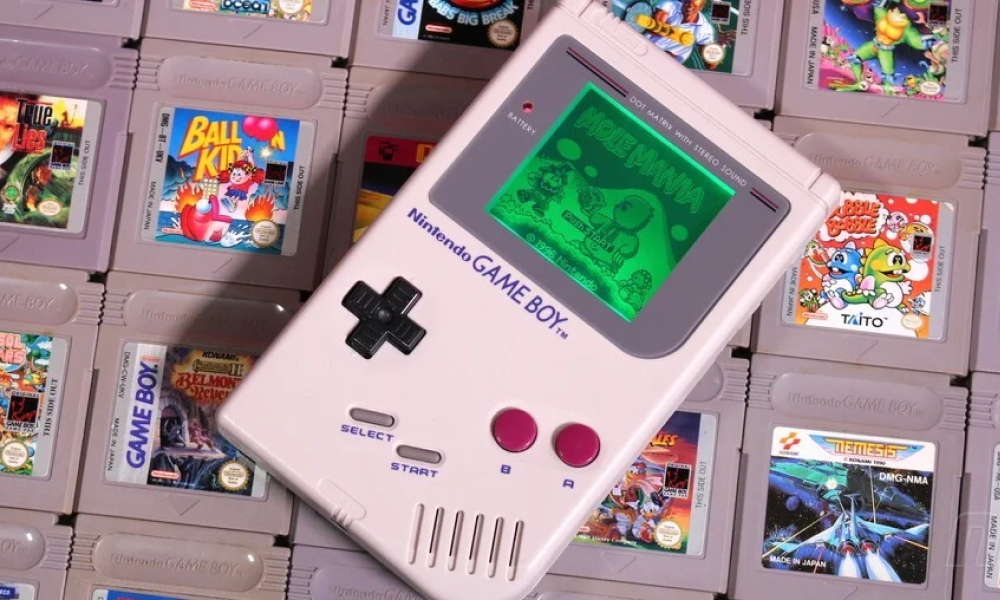
This fact, while somewhat known overseas, is deeply ingrained in Japanese daily life: large segments of the commuter population rely on portable entertainment. Thus, Nintendo’s handheld strategy aligns perfectly with Japanese living patterns, reinforcing loyalty to the brand. Western audiences may recognize the success, but they rarely see how deeply the handheld culture is woven into Japanese society.
Cultural Clashes and Corporate Identity
Nintendo’s story also highlights a broader clash between “software-oriented thinking” and “hardware-oriented thinking.” Yamauchi believed that advanced specs were meaningless without ingenious gameplay. This stance, gleaned directly from the PDF’s mention of Yamauchi’s public lectures, led him to downplay CPU speed or memory size, focusing instead on novelty and entertainment. While that served Nintendo well during the 8-bit and 16-bit eras, it backfired when competition turned to 32-bit and 64-bit hardware.
In Japanese business contexts, Nintendo’s strategy underscores a certain insularity. Confident in its top-down approach, it sometimes failed to adapt swiftly to global technological leaps. At the same time, those in Japan applaud Nintendo’s resilience.
After all, few companies can survive so many generational shifts while retaining a distinct corporate identity. The tension between humility (making cost-effective systems) and arrogance (rejecting mainstream trends like CD-ROM for years) shaped Nintendo’s internal culture.
Nintendo’s Partnerships, Theme Parks, and New Horizons
Fast-forwarding to the modern day, Nintendo’s partnership with Universal Studios to create Super Nintendo World in theme parks further cements its global cultural foothold. While visitors from around the world flock to these attractions, Japanese fans have enjoyed an up-close perspective on the transformation of classic Nintendo IP into immersive real-life experiences. This cross-media approach recalls earlier expansions (e.g., tie-ins with anime, toys, and merchandise) but on a scale unimaginable decades ago.

Inside Japan, there is buzz about what Nintendo might try next. The 2006 PDF case predicted new battles with giant competitors like Sony, Microsoft, or even the possibility of new entrants from the tech sector.
Indeed, Nintendo overcame the Wii U’s struggles by pivoting to the Nintendo Switch, once again following that blueprint of “hardware that’s technically modest but conceptually fresh.” For the Japanese market, local appeal remains crucial—portable or hybrid concepts are always welcome in a society used to commuting, small apartments, and a tradition of on-the-go leisure.
Lessons and Ongoing Mystique
Ultimately, the reason these “secret” stories resonate so strongly in Japan is that they highlight the precarious balance Nintendo has struck between daring experimentation and conservative caution. On the one hand, Nintendo’s leaders bet heavily on untested ideas like the Virtual Boy, Laser Clay, or love hotels. On the other, they clung to older hardware mediums (cartridges for the N64, mini-DVD discs for the GameCube) long after the rest of the industry pivoted.
International audiences primarily see success stories—iconic characters, top-selling games, record-setting console debuts. Yet, in Japan, there is a quiet acknowledgment of how close Nintendo came to catastrophe multiple times. Had the Game & Watch not sold millions, had the Famicom flopped, or had the Switch not revived momentum after the Wii U, Nintendo might well have ended up a mere footnote in the annals of gaming.
Ongoing Debates in the Japanese Gaming Community
The Japanese gaming community remains fiercely divided over Nintendo’s approach. Some admire the strong brand identity and consistent family-friendly ethos, praising the company for making gaming accessible to all ages. Others argue that repeated reluctance to chase higher specs or online features left Nintendo trailing behind on certain innovations.
These debates evoke questions about the future of the industry. In a hyper-connected era where smartphones and streaming compete with consoles, can Nintendo once again shift its philosophy to remain a cultural force? The 2006 PDF case study ended with open-ended speculation about how Nintendo would tackle competition from smartphones.
Today, we have partial answers in the form of Nintendo’s own mobile titles (e.g., Fire Emblem Heroes, Mario Kart Tour). However, the fundamentals remain: Nintendo mostly positions its flagship console lines as “unique experiences,” forging a path separate from console rivals.
In Japan specifically, older fans watch these developments with nostalgic caution, recalling the company’s cyclical pattern of near failure followed by triumphant rebirth. Some have even drawn parallels between Nintendo’s leadership style and that of old samurai clans—loyal, insular, occasionally resistant to outside influence, yet capable of unprecedented feats under strong leadership.
Nintendo’s Global Recognition vs. Local Roots
While Nintendo is undeniably a global phenomenon, the lens through which Japanese fans see the company is tinted by decades of local press coverage, rumors about Yamauchi’s personal edicts, and the cultural significance of handheld gaming in everyday life. The stories of fierce loyalty among employees, the hush-hush approach to crediting individual developers, and the extremely tight-lipped nature of product R&D are widely acknowledged within Japan.
Outside Japan, fans might be surprised to learn how these corporate quirks impacted everything from the design of consoles to the relationship with third-party studios. For instance, many Americans and Europeans learned about the Disk System only through import magazines or retro YouTube channels, unaware that in Japan, the device was once heavily promoted as the future of game distribution.
Enduring Magic and Continuing Mysteries
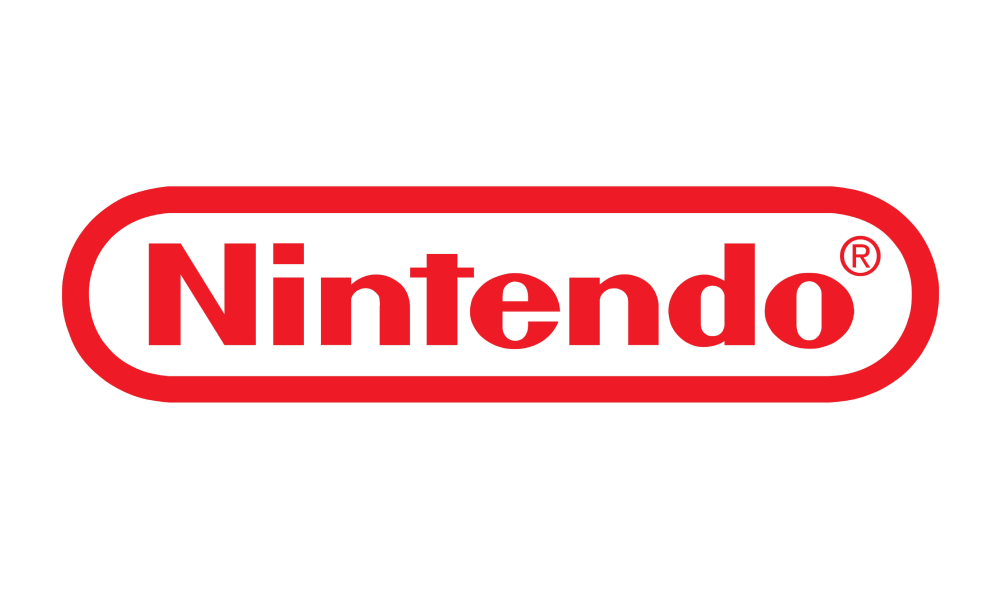
Nintendo’s story is not a simple tale of success. Over more than a century, the company has undergone numerous transformations, driven by both luck and creative genius. It embodies an older style of Japanese corporate culture, where a visionary leader can radically change a company’s direction.
Many aspects of Nintendo’s decision-making are puzzling to those outside Japan. However, for Japanese fans, these lesser-known stories create a mystique surrounding the company. From its origins in hanafuda card manufacturing to its ventures into non-gaming businesses, and the bold risks behind the Game Boy and Virtual Boy, Nintendo’s success stems from bold bets and the resilience to recover from failures.
Japanese gamers take pride in Nintendo’s homegrown roots while critiquing the rigid, top-down structure that can hinder innovation. Despite this friction, Nintendo stands out for creating beloved characters, opening new markets, and reinventing itself when the industry shifts.
As detailed in the 2006 case study by 蔵琢也, behind every iconic Mario or Zelda lies a story of drama, creativity, and deep-rooted Japanese corporate philosophy. These local legends offer valuable insight into why Nintendo has endured and continues to surprise, even when it appears cornered.
Looking ahead, as Nintendo embraces new technologies like cloud gaming and AR, its blend of tradition and inventive reinvention will likely continue to define its future. And perhaps only in Japan can you fully appreciate how often Nintendo has come close to failure—only to bounce back stronger than ever.
Want More Content Like This?
We also share the latest insider stories about Nintendo, tips for buying Nintendo merchandise at discounted prices, and insights into the future outlook of Nintendo’s stock—plus other genuine truths that only Japanese people know—all in our exclusive, free email newsletter.
If you haven’t signed up yet, we highly recommend you register right away. It only takes two seconds to subscribe. And if you find it uninteresting, you can unsubscribe in a single second.








